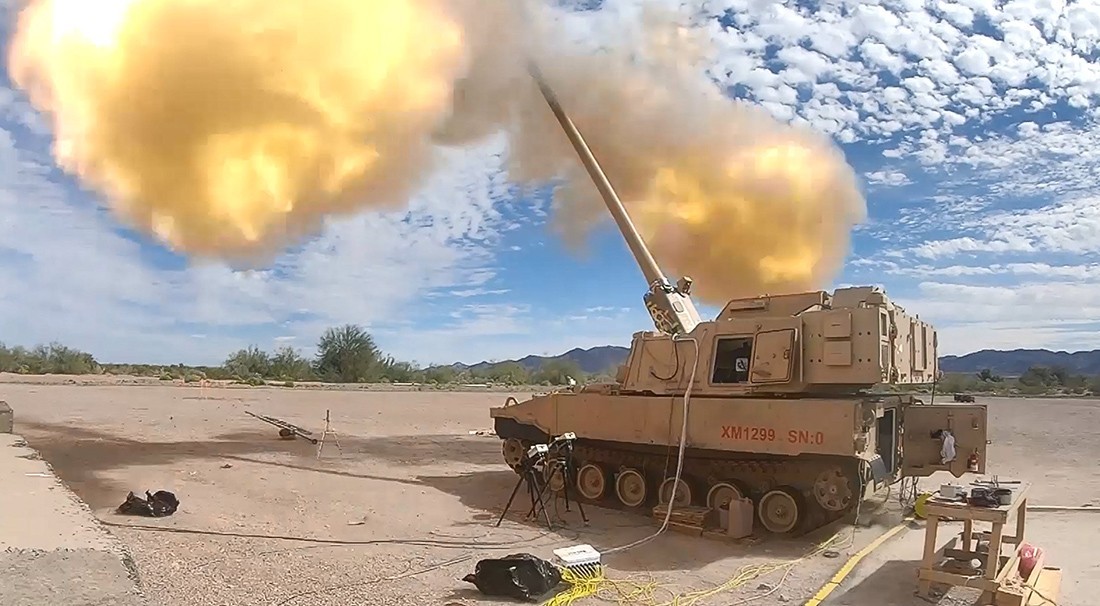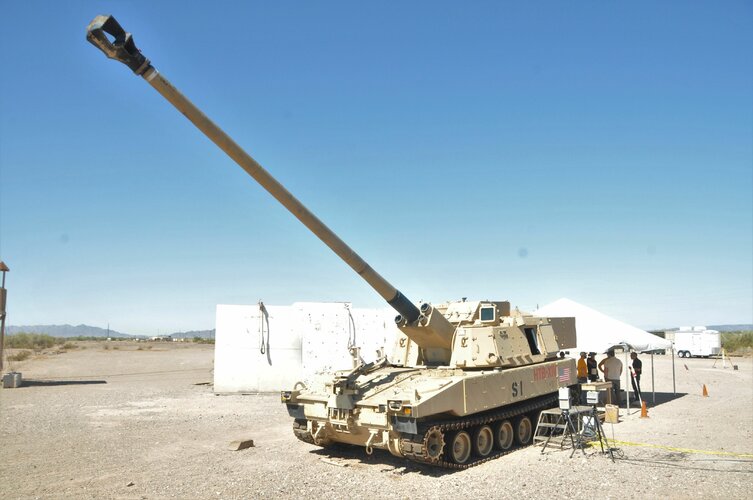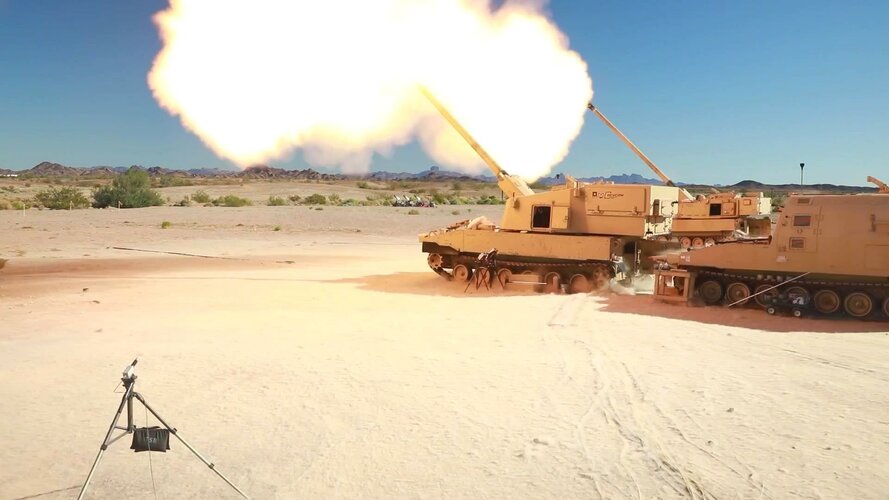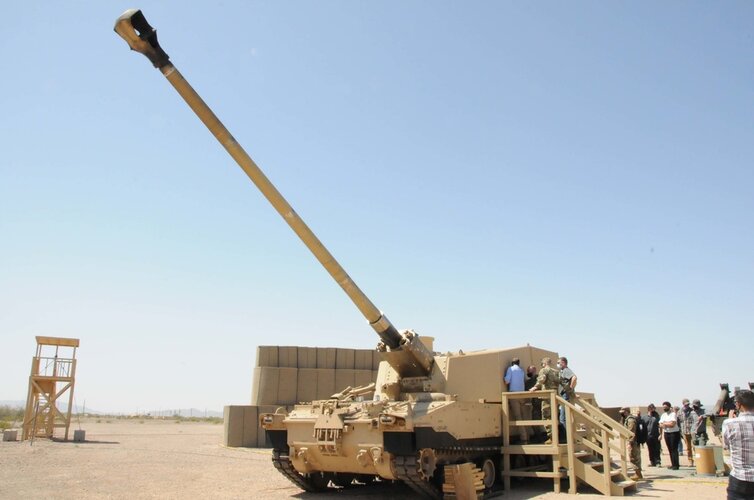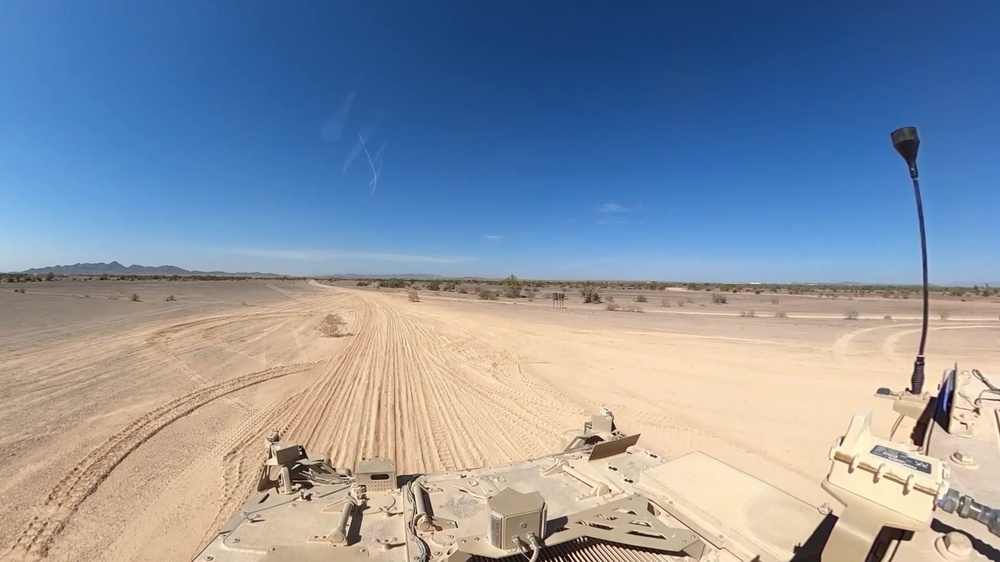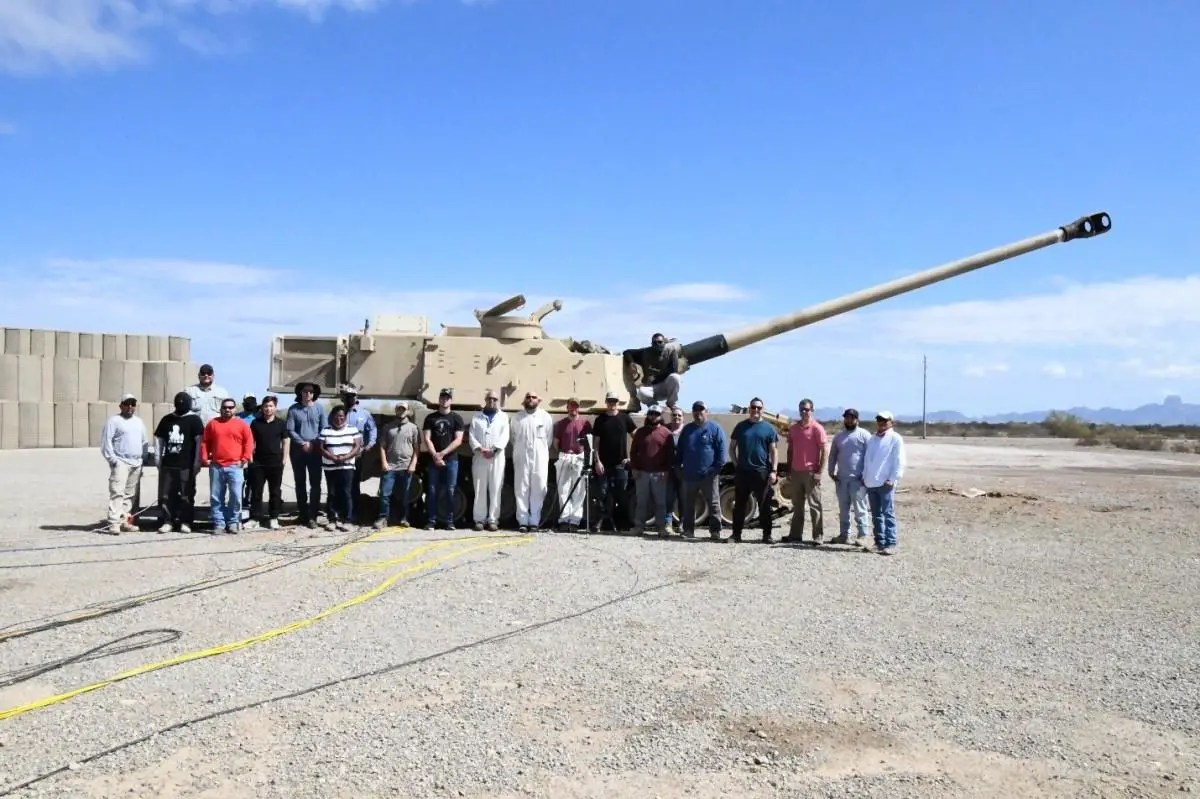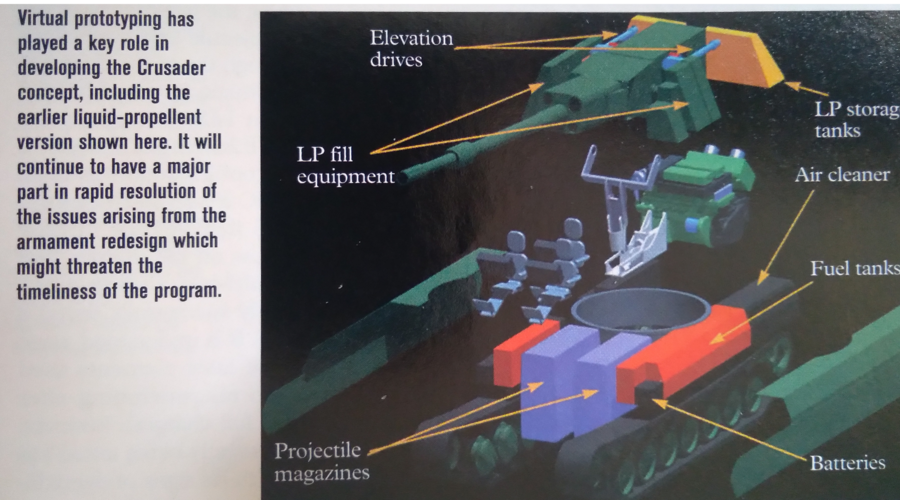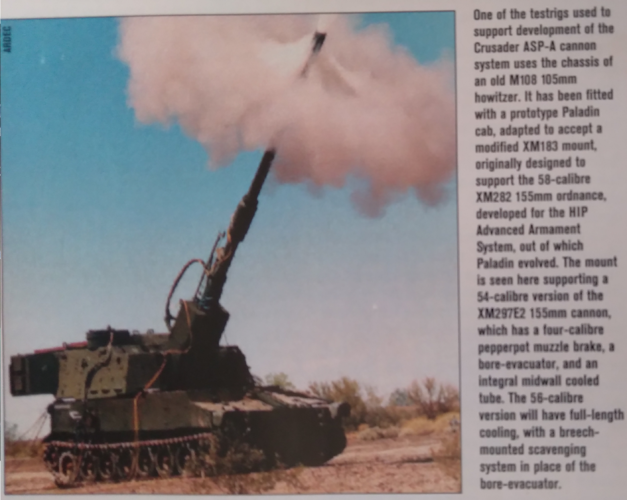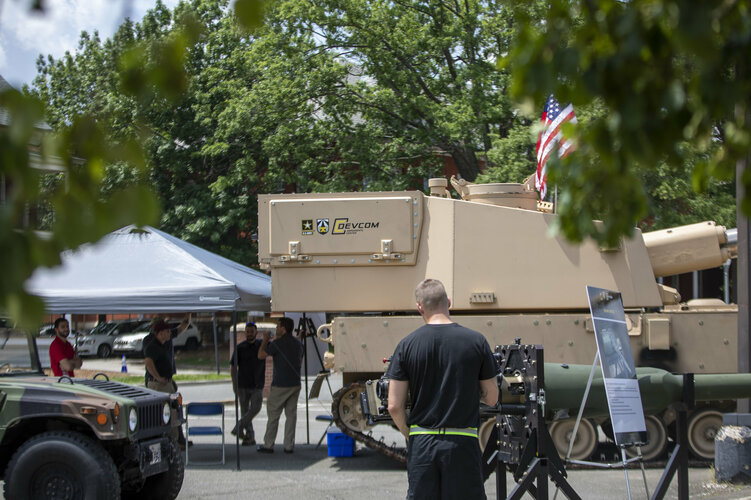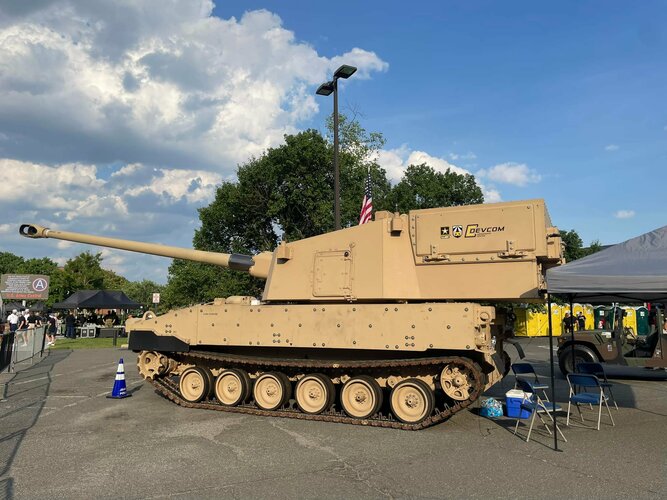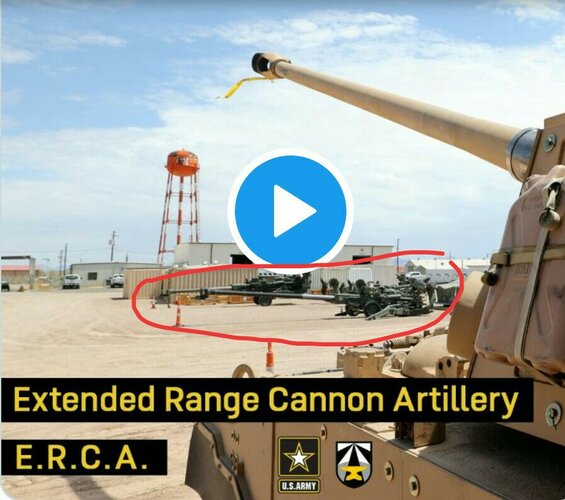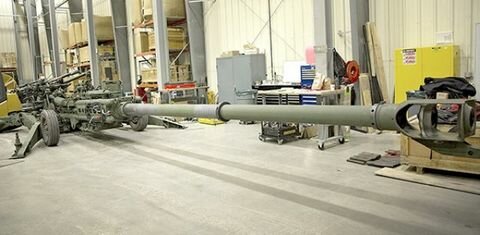ERCA’s rate of fire increase under development at YPG
As the Army’s Futures Command continues its modernization efforts with long range precision fires (LRPF), its cross functional teams along with U.S. Army Yuma Proving Ground (YPG) are working to develop new capabilities to increase the Extended Range Cannon Artillery’s (ERCA) rate of fire from an outsider’s perspective.
ERCA possesses the capability to fire twice as far as any currently fielded U.S. cannon artillery and its ongoing development to increase its rate of fire, always has room to enhance developmental outcomes. That is exactly what the Long Range Precision Fires Cross Functional Team (CFT) and the U.S. Army Application Lab (AAL) hopes to achieve.
Starting in October 2020, fifteen private companies brought their perspective to the table in efforts to potentially increase ERCA’s rate of fire while decreasing the physical load on the Soldier. “We help shape their problems and solicit solutions for problems,” he said. “It’ll help shape how the Army fights.” As the Army sought outsider perspectives, only five of the companies were selected to continue with their capabilities testing and were sent to the proving ground to get a firsthand look at their potential enhancements. “We are about halfway through a two-year sprint to improve rate of fire for the ERCA system,” said CPT Mark Toups of the Army’s LRPF C F T.
The initial ERCA prototypes, designed by DEVCOM Armament Center at Picatinny Arsenal, are currently being tested at YPG. “Our chance to touch and feel the ERCA equipment is here at YPG because they (YTC Test Crews) are testing it, shooting it, and the selected companies are looking at how can we shoot the system faster,” Kehler noted. “These companies have a new eye, are new to the Army, new to artillery, but they also know engineering and how can we take this process and optimize it and look at it from a different lens,” said LRPF portfolio manager Walker Williams. Walker serves as the liaison between industry and Army for the AAL.
The current rounds used for ERCA are large and can weigh more than 100 pounds. “Loading those can result in fatigue or back injuries,” Williams explained. “During our last soldier touchpoint, a soldier dropped it on his foot and broke his foot,” Williams explained. “So, we can assist the soldier in optimizing that fire mission process, while leaving the soldier to do what he does best.”
From July 26 to July 27 those companies selected took to YPG to engage in equipment and inert munitions, data collection and discussions. “YPG is at the tip of the spear when it comes to real-time data, videos, access to vehicles and testing crews,” said Williams. “These companies will be delivering an increased rate of fire to ERCA, if all goes planned.” Once the selection process is finalized, those enhancements will be presented to the Army’s senior leaders in fiscal year 2023, according to Toups. And from there that will decide whether they are fielded to the war fighter.“With these capabilities of increasing the rate of fire and increasing the lethality of this system, it is extremely important for the fielding of these capabilities in the future,” Walker said.

